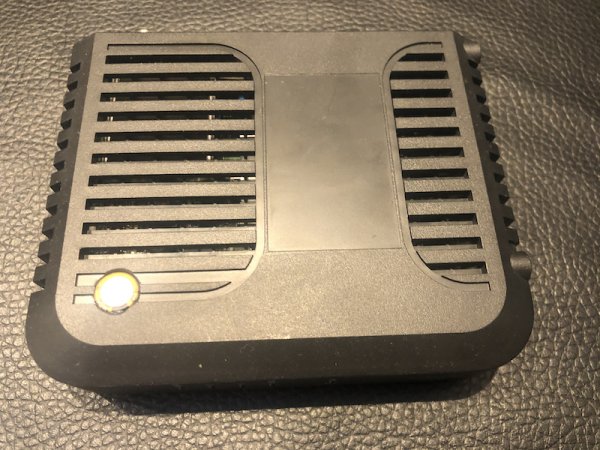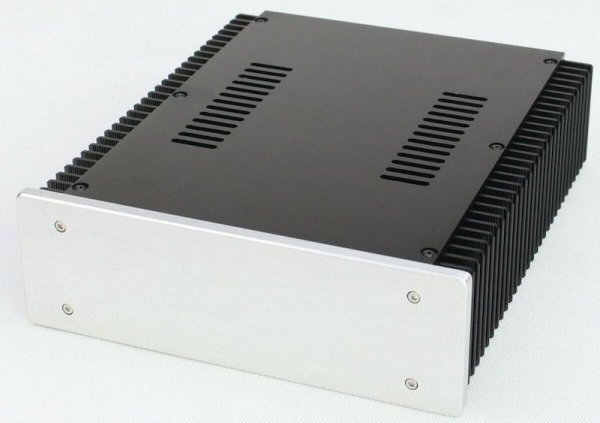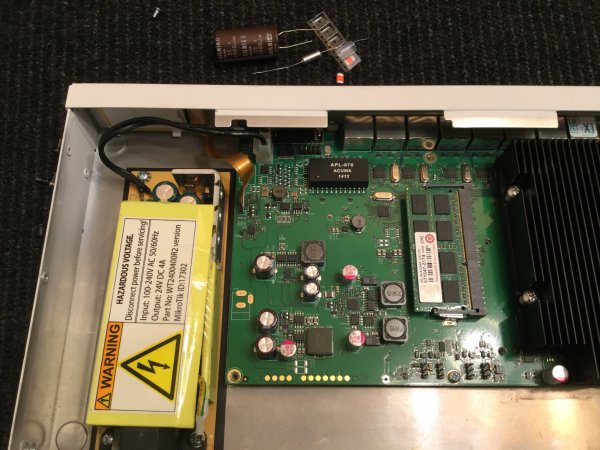I believe it has a router and WiFi built-in. I would avoid it if possible and use just a simple cable modem.
An all-in-one device has at least three functions - a cable modem, a router, and a WiFi access points. Most of them are noisy devices, and I would avoid them in my (audio) network, even if you can power them with a good linear power supply. Here is a general formula that has worked quite well for everyone who has tried it:
1. Use a good dedicated cable modem rather than an all-in-one device. I have good experience with Cisco DPC 3008 and Arris SB8200. Power up with a good linear power supply.
2. Use a dedicated router. The Ubiquiti EdgeRouter X (make sure you configure hardware NAT) is a good choice. You can also configure a seperate VLAN for your audio, but that's a little bit more advanced and you need to know what you are doing - there is some benefit in sound quality but not nearly as much as the other items I have listed here. Power up with good linear power supply. I use Sean Jacobs DC3, but there are many good cheaper options.
3. Use a dedicated WiFi access point. There are many good options. The Ubiquiti AmpliFi HD is a good option for example. But that's a noisy device and I prefer to isolate it galvanically from my network. See #4.
4. Use a fiber media converter to isolate your WiFi from the rest of your network. You will need a
media convertor,
two transceivers, and a
fiber cable for that. One of the transceivers goes to the SFP port on the Ubiquiti router, the other one goes to the media converter, and you connect both with a fiber cable. Then you connect the copper RJ45 port of the media convertor to the Ubiquiti AmpliFi HD access point.
Hope that helps!














